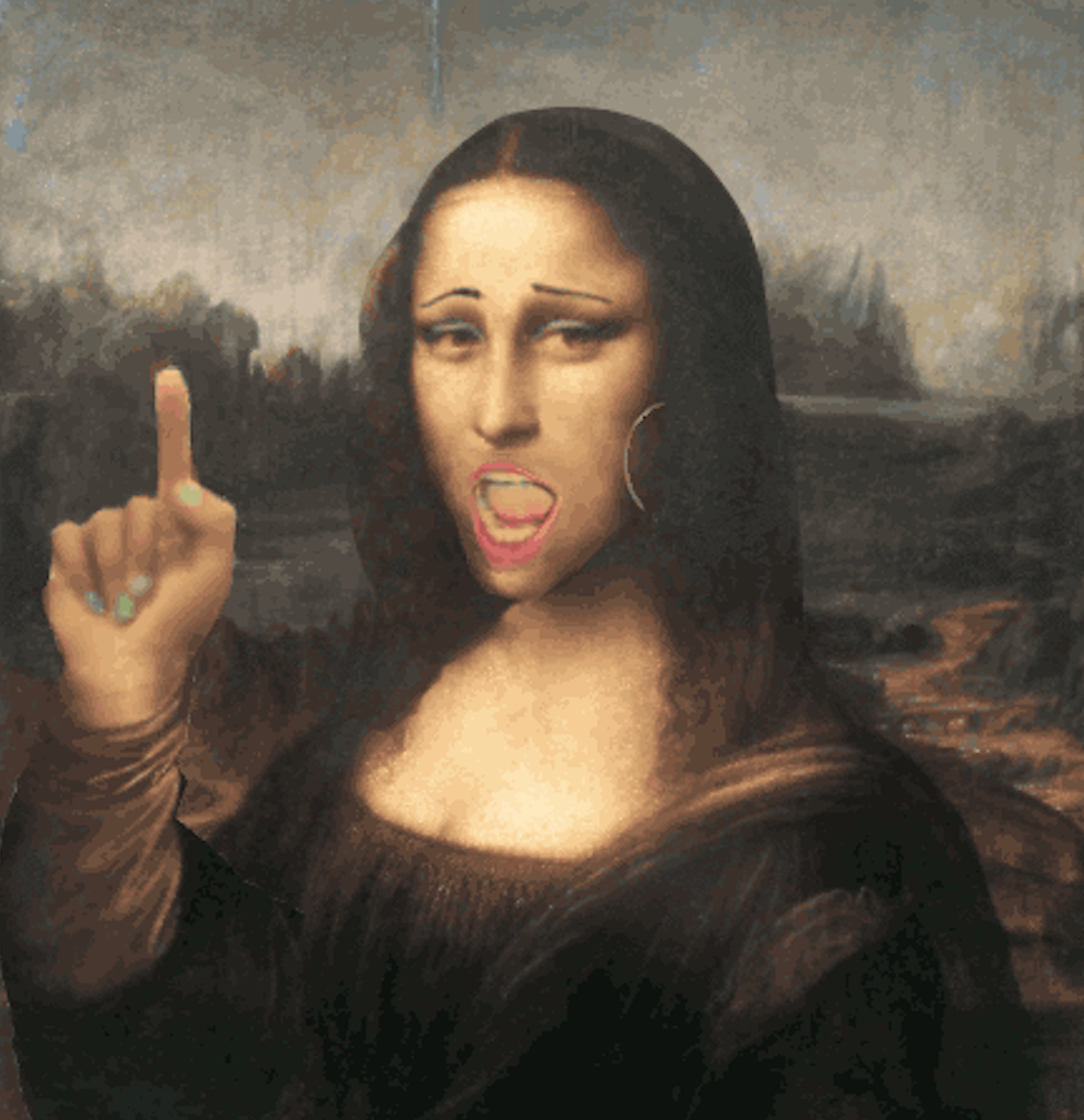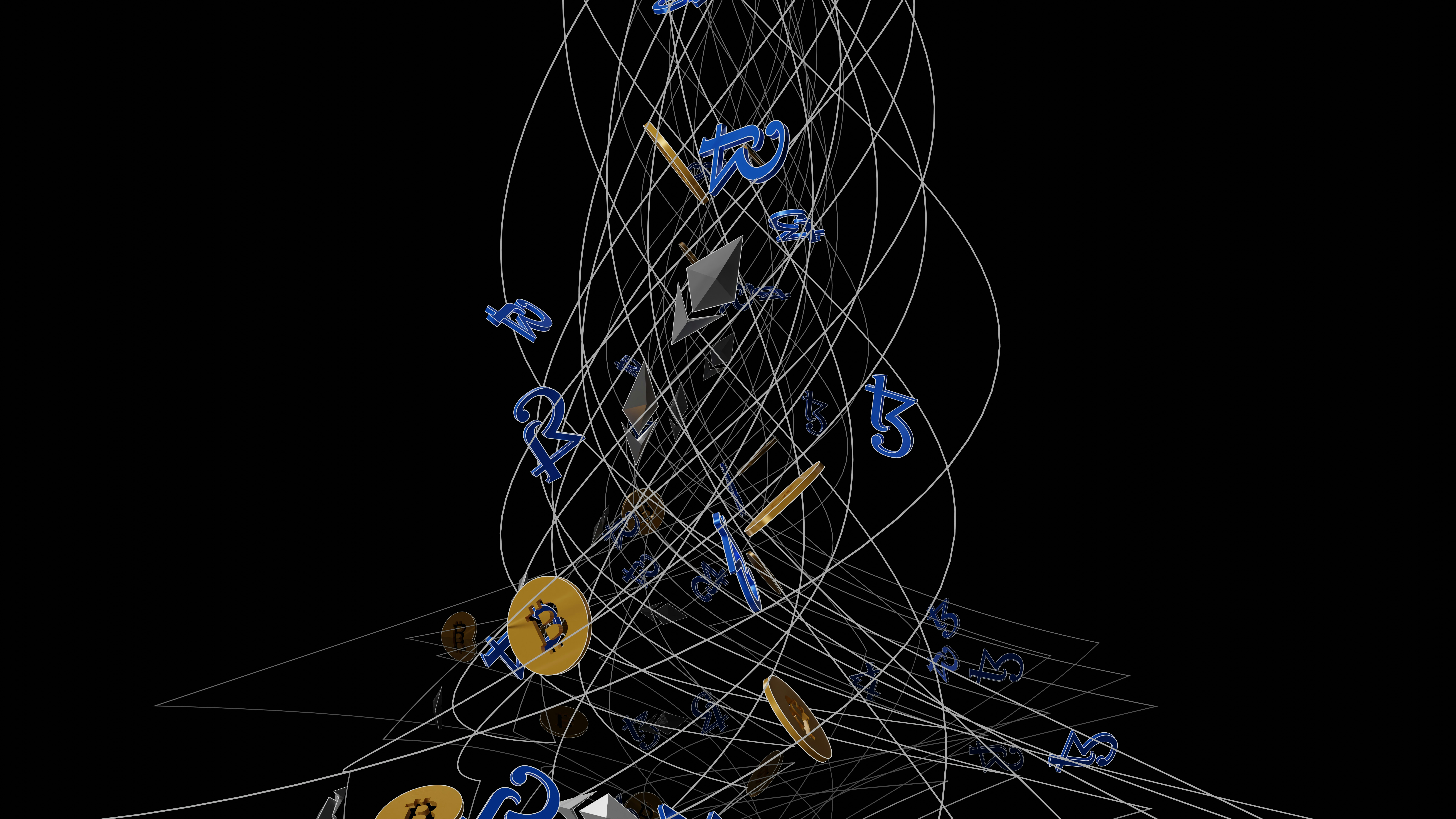What Makes an NFT Valuable? Non-Fungibility & Scarcity Explained
The internet is a space without horizons or frontiers. The abundance fuelled by digital technologies and their ability to democratize and empower discovery, creativity and communication is a major disruptive force. But this makes it near-impossible to ascribe value to the digital medium.
The solution lies in NFTs. That’s because they use blockchain to assign verifiable ownership to virtual goods, bringing the principles that endow physical objects with value to the digital realm.
Fungibility, explained.
Broadly speaking, there are two categories of assets: fungible and non-fungible. Fungible means that two things are not interchangeable. A one-dollar bill can be exchanged for another dollar bill as both bills equal the same unit of value. For something to be ‘non-fungible’, you can’t exchange it with something else. You wouldn’t trade a Mercedes-Benz for a one-dollar bill because, well…
Non-fungibility in the digital realm.
For an asset to be non-fungible, it requires some form of scarcity or uniqueness. This has never before been possible on a large-scale online. Content flows too freely; it can easily be copied, reproduced, distributed, and shared.
Reproducibility is at the core of the disruptive power of the digital. By encoding information as a string of digits, this creates an abundance of media which democratizes content consumption but prevents us from ascribing value to it.
NFTs permit online assets to have verifiable ownership and scarcity.
NFTs represent a paradigm shift for digital art and other types of online media. Each NFT is non-fungible because it’s represented by a unique cryptographic token that’s publicly verifiable on the blockchain, creating a form of artificial scarcity in digital goods which were, until recently, inherently reproducible and practically impossible to trace.
Fundamental to their value proposition is that they can ascribe, document, and track distinctive attributions of digital assets such as ownership and ownership history. This permits NFTs to be bought, sold and exchanged through online marketplaces that run on blockchains, creating a whole new economy around digital ownership and opening up entirely new revenue streams for brands, creators, fans, and collectors.
By tying ownership of a natively digital creative work to an entry in an immutable, public ledger, this permits us to verifiably distinguish the actual owner of that work from the right-click hiesters who happen to have a copy on their hard drive. Crucially, this opens up novel new ways for creators and collectors to capture value on the internet, and for artists and creators to capture the value of their creations in ways that have not existed until now.
It’s important to note that the introduction of scarcity to digital goods through NFTs doesn’t mean that the underlying media is limited. An NFT can remain a public good that can be readily consumed by anyone at no cost, but this doesn’t make an NFT any less valuable. In fact, the more an NFT is copied, reproduced and shared, the more valuable it becomes.
Just like there are copies from a high-value art piece, there is only one original. The Mona Lisa is one of the most widely copied, remixed and reused images in the world. This doesn’t distract value from the original, it adds to it!

With NFTs, we no longer need to trade off universal accessibility and usage for value capture online. More than just a means of selling digital art – they represent a fundamental transformation in what ownership means in an increasingly digital world. And however pronounced the boom-and-bust cycles may prove to be over the coming years, one thing that's certain is that non fungible tokens are paving the way for a new type of digital economy that will forever change the way we transact and value digital goods.


.jpg)
.png)